Telefónica and Huawei set a new milestone in Self-Driving Car
By MYBRANDBOOK
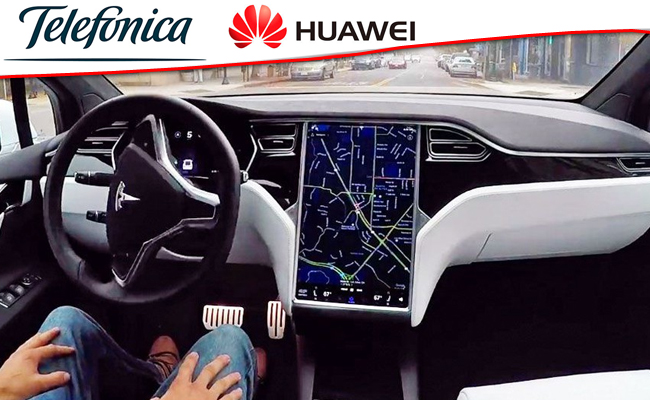
Telefónica and Huawei have achieved a new milestone with the Proof-of-Concept (PoC) testbed for 5G-based vehicle communication networks (known as 5G-V2X) in their 5G Joint Innovation Lab at Madrid. This is another solid step to promote 5G commercialization and expand the 5G ecosystem after both companies completed 5G UCNC trial in 2017.
5G-V2X is widely recognized as the first and most important vertical industry which will be enabled by 5G innovations. The test for 5G-V2X technology is based on the latest 3GPP New Radio (NR) Standard specification available since December 22, 2017. Some of the most advanced 5G-V2X services include vehicles platooning, extended sensors, advanced driving and remote driving, among others.
In the 5G-V2X PoC, a novel self-contained frame structure for radio transmission was used, both from the base station to the vehicle and from the vehicle to another vehicle. This allows much faster transmission feedback, enabling very low-latency communications. The great flexibility of the NR system framework allows the support of some advanced features, like Polar coding for small V2X packet error correction, an optimized HARQ (Hybrid Automatic Repeat Request) procedure for increased transmission reliability, or an “Inactive State” for instantly sending short packets to control the car manoeuvre. To further enhance performance, another key technology, SCMA-based (Sparse Coded Multiple Access) Grant Free Access was tested. This technology is designed to simplify uplink access procedures to significantly reduce transmission latency.
In the PoC, vehicles platooning is used as a typical test case for the advanced V2X services, where the platoon members are controlled by the 5G NR network. The PoC conducted at the Telefónica-Huawei 5G Joint Innovation Lab has shown that 99.999% reliability can be achieved within 1 ms round trip delay constraint, and the signalling overhead can be decreased by 67% compared with state-of-the-art cellular systems.


Legal Battle Over IT Act Intensifies Amid Musk’s India Plans
The outcome of the legal dispute between X Corp and the Indian government c...

Wipro inks 10-year deal with Phoenix Group's ReAssure UK worth
The agreement, executed through Wipro and its 100% subsidiary,...

Centre announces that DPDP Rules nearing Finalisation by April
The government seeks to refine the rules for robust data protection, ensuri...

Home Ministry cracks down on PoS agents in digital arrest scam
Digital arrest scams are a growing cybercrime where victims are coerced or ...

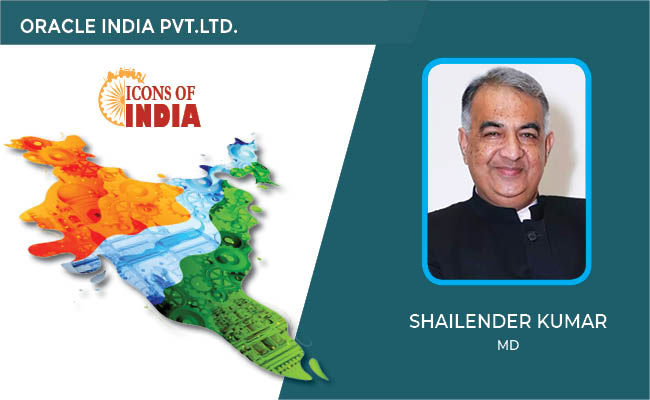
ICONS OF INDIA : SHAILENDER KUMAR
Shailender Kumar is senior vice president and regional managing direct...
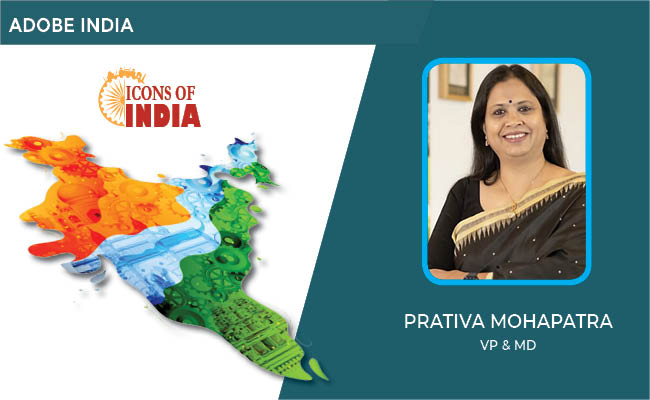
Icons Of India : PRATIVA MOHAPATRA
Prativa is a transformational leader with an incredible breadth of exp...
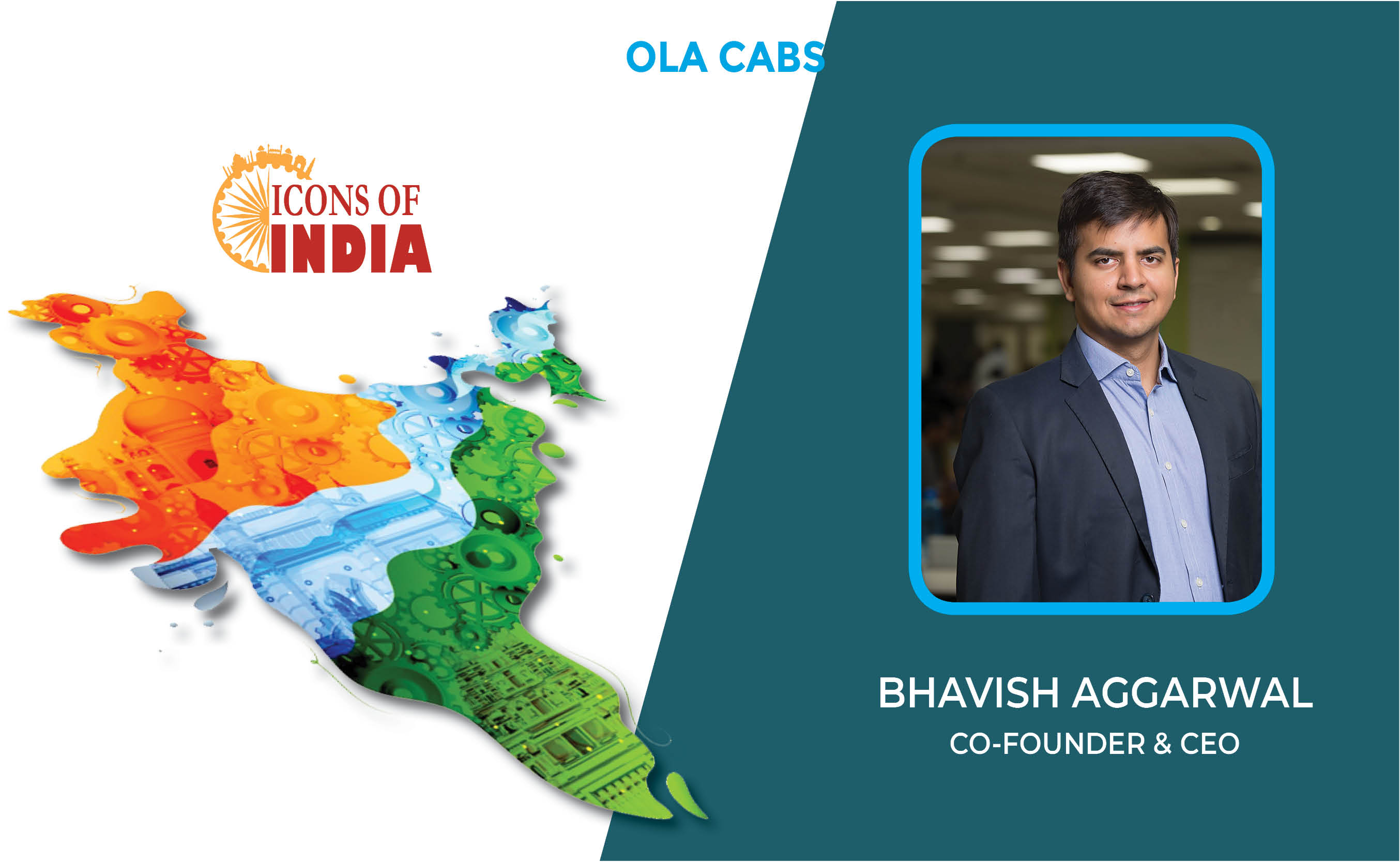
Icons Of India : Bhavish Aggarwal
Indian entrepreneur Bhavish Aggarwal is the CEO of Ola, India’s larg...

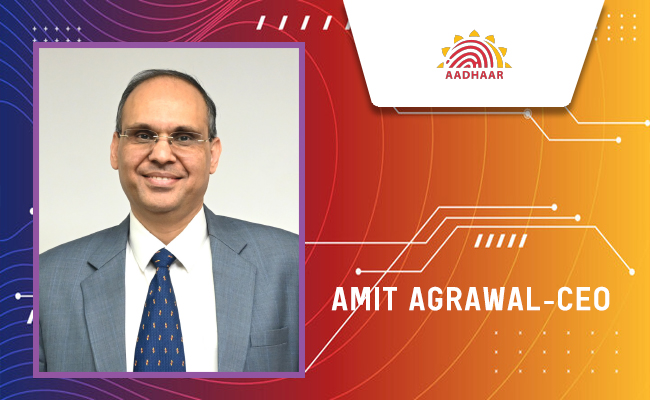
UIDAI - Unique Identification Authority of India
UIDAI and the Aadhaar system represent a significant milestone in Indi...

CSC - Common Service Centres
CSC initiative in India is a strategic cornerstone of the Digital Indi...
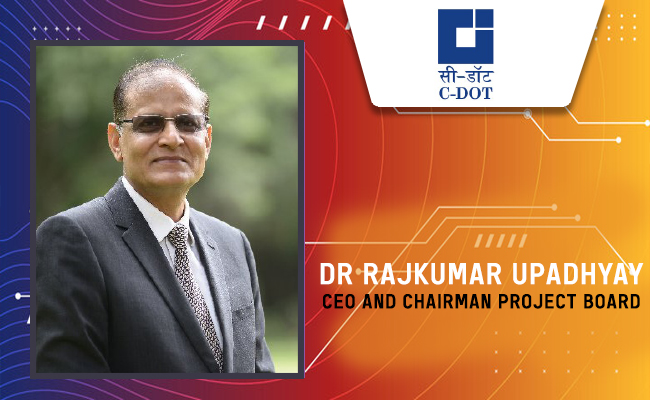
C-DOT - Center of Development of Telematics
India’s premier research and development center focused on telecommu...


Indian Tech Talent Excelling The Tech World - ANJALI SUD, CEO – Tubi
Anjali Sud, the former CEO of Vimeo, now leads Tubi, Fox Corporation�...

Indian Tech Talent Excelling The Tech World - JAY CHAUDHRY, CEO – Zscaler
Jay Chaudhry, an Indian-American technology entrepreneur, is the CEO a...
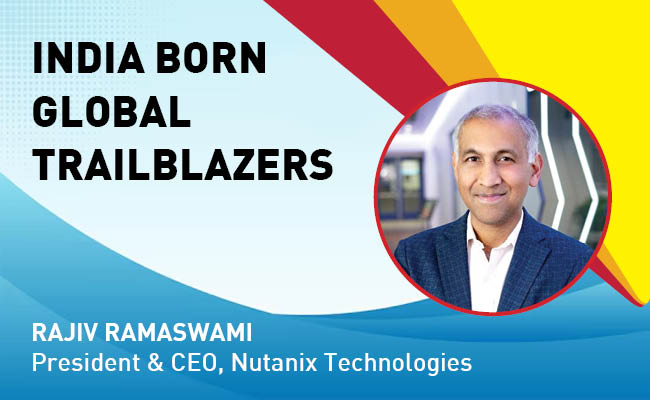
Indian Tech Talent Excelling The Tech World - Rajiv Ramaswami, President & CEO, Nutanix Technologies
Rajiv Ramaswami, President and CEO of Nutanix, brings over 30 years of...
 of images belongs to the respective copyright holders
of images belongs to the respective copyright holders